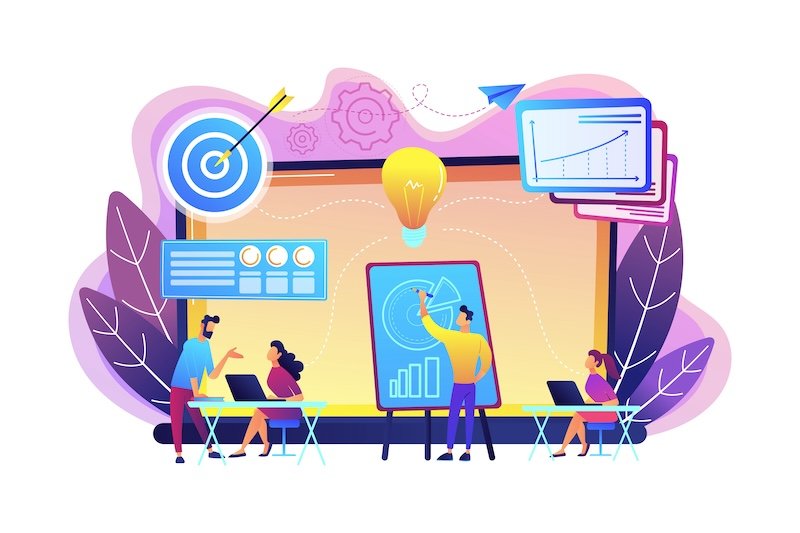
Gamification refers to the integration of game design principles into educational content to make the learning process more enjoyable, motivating, and interactive. This approach aims to capture the attention of students or employees, facilitate more effective learning, and enhance long-term knowledge retention.
Some potential benefits of gamifying orientation programs include:
- Increased motivation: Gamification can provide participants with motivation to engage in the educational process. Elements such as competition, rewards, and a sense of achievement can enhance participation in the learning process.
- Encouraging collaboration: Gamification in education can foster interaction among participants. Games that require teamwork and collaboration can help new employees or students communicate better with each other.
- Embracing mistakes: Gamified educational content allows participants to make mistakes and promotes a trial-and-error approach. Learning from mistakes can enhance the learning process.
- Providing meaningful feedback: Games are filled with meaningful feedback. This helps participants track their performance and make improvements.
The following steps can be followed to gamify orientation programs:
- Set objectives: It is important to determine the main goals of the education and plan the elements to be used in gamification.
- Design game content and mechanics: Determine game content and mechanics to align with the educational content. These mechanics can include reward systems, levels, achievements, and competitions.
- Track progress: Establish a system to track participants' performance and record their progress. This facilitates providing personalized feedback.
- Gamify the education: Combine the necessary content with games in a fun and interactive way. Learning materials can be combined with visuals, interactive elements, and reward systems.
- Test and provide feedback: Test the gamified orientation program and gather feedback from participants. Use this feedback to continuously improve and enhance the program.
Gamification can make the orientation process more enjoyable, efficient, and effective, accelerating the adaptation of new participants and providing a more positive learning experience. However, as with any educational program, it is important to plan gamified orientations well, design them according to the needs of the participants, and continuously evaluate them. Let's explore some examples:
- Game-based Simulations: Create a game-based orientation program for new employees that simulates situations they may encounter in the workplace. These simulations mimic the real work environment, allowing participants to apply their skills and learn from mistakes.
- Orientation Tasks and Levels: Gamify the orientation process by offering participants different tasks and levels. Each level facilitates learning and enhances participants' knowledge and skills. As achievements and levels increase, participants encounter more challenging tasks.
- Orientation Welcome Party: Organize a welcome event for new employees in a game-like atmosphere. Participants can engage in interactive games or puzzles to learn about the company's values, mission, and culture.
- Contests and Quiz Games: Conduct contests and quiz games to make the orientation process more enjoyable for employees or students. These games can help reinforce the learned information and keep participants engaged.
- Orientation Treasure Hunt: Engage participants in a treasure hunt to discover specific information or complete tasks. This activity helps participants navigate the organization and learn important information.
- Educational Application: Offer gamified educational content through mobile applications. These applications can include competitions, puzzles, interactive elements, and reward systems. Participants can learn at their own pace and compete while acquiring knowledge.
- Recruitment Simulations: Use gamified simulations as part of the recruitment process. These simulations allow new employees to apply the skills required for the job and successfully complete tasks.
These examples represent only a few ways to make the orientation process more effective and enjoyable through gamification. The key in gamification is to design content and mechanics that meet the needs and learning objectives of the participants.

